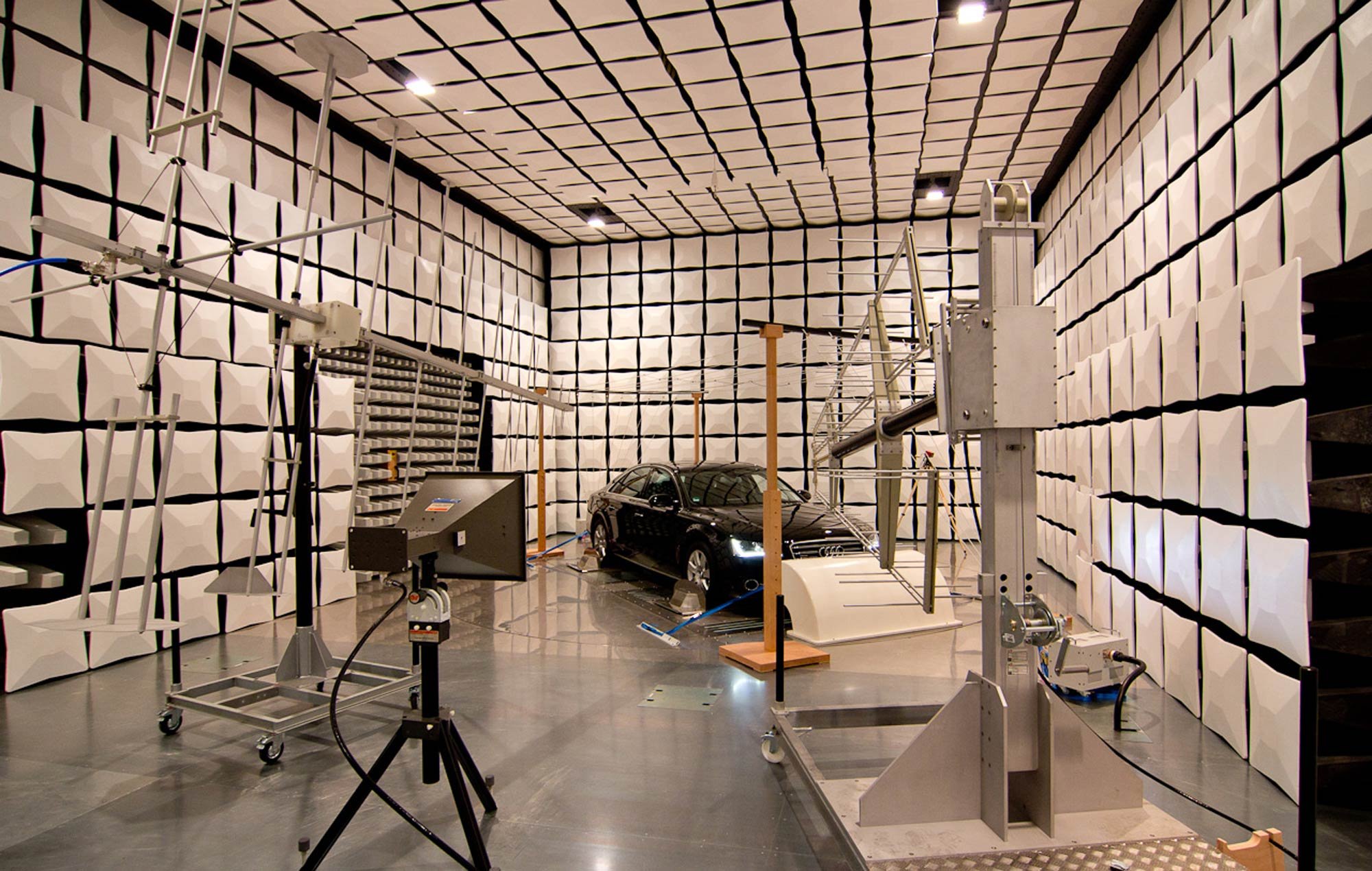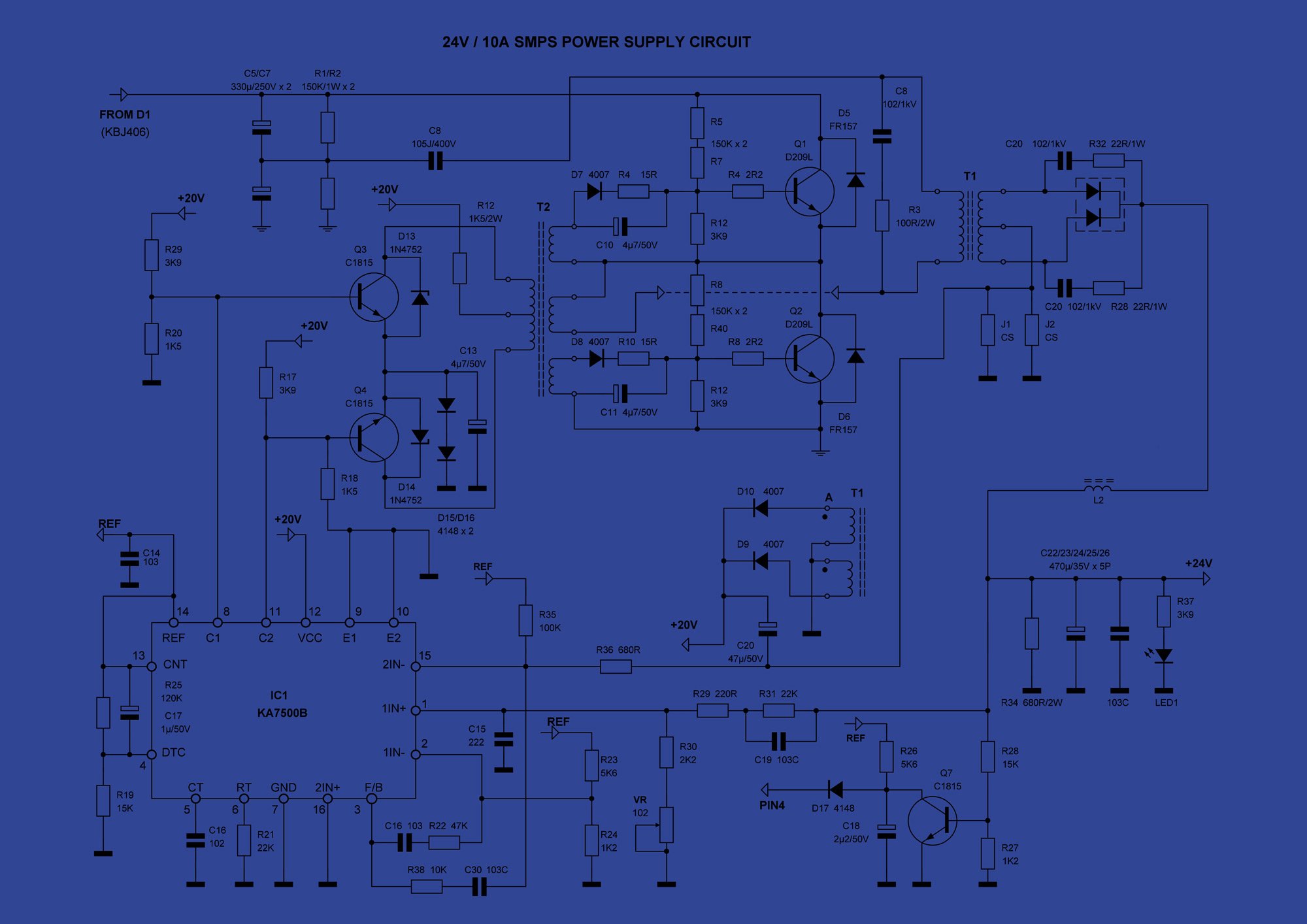

Start Here:
IEEE 473: “Recommended Practice for an 2 Electromagnetic Site Survey (10 kHz to 3 40 GHz)”
When you have to take radiated measurements in an uncontrolled environment, IEEE 473 can be an invaluable resource.
IEEE 473 has a long history. First published in 1985 and adopted by ANSI in 1992, it went inactive for several years starting in 2006. The effort to renew it and bring it in line with current technology started in 2016, and under the leadership of working group chair Chad Kiger that effort is now wrapping up. The new version of the standard has gone through balloting, revisions, and a second round of balloting and should be published this year. You can download the 1985 version from the IEEE SA, and I’ll update this article with the 2025 link as soon as it’s available. The new version is closely related to ANSI C63.24 for on-site radiated immunity evaluations.
These are the main topics covered in the new version of the standard:
Survey planning
Survey procedures
Measurement equipment, including calibration
Measurement uncertainty and errors (pointing to CISPR 16-4-2 and ANSI C63.23)
Consideration of different measurement locations (ground based, shipborne, and aircraft)
Data handling
I particularly appreciate this line from Section 4: “The electromagnetic environment is a complex entity having five dimensions. These consist of time and frequency as well as the three space dimensions.” If you don’t have a solid understanding of these five dimensions of the electromagnetic environment, it will be difficult to make sense of any measurement data you take. This is much easier in the enclosed and controlled confines of an anechoic or reverb chamber, and more challenging out in the world where RF sources can move around, turn on and off, be intermittent, and potentially vary with atmospheric conditions.
TIP:
One point that is really well made in IEEE 473 is the difference between taking measurements in an open environment vs. within a building or other enclosed area. They each have their own challenges that should be well understood before starting on a measurement campaign.
IEEE 299 and 299.1 on Measuring the Shielding Effectiveness of Enclosures
These two IEEE standards look at shielding effectiveness measurements for enclosures both large and small.
IEEE 299 is titled “Standard Method for Measuring the Effectiveness of Electromagnetic Shielding Enclosures” and is by far the most widely used IEEE standard sponsored by the EMC Society. IEEE 299.1 is the “Standard Method for Measuring the Shielding Effectiveness of Enclosures and Boxes Having All Dimensions between 0.1 m and 2 m”. It is also widely accessed. While both of these standards are considered currently “inactive”, you can purchase 299 (here) and 299.1 (here) from the IEEE.
IEEE 299 is a relatively straightforward standard, with 39 pages of technical content of which 13 are found in five informative annexes. IEEE 299.1 is rather more complex, since it deals with situations where enclosure dimensions are small compared to the wavelengths of the RF fields and frequencies of interest. The copy I have has 44 pages in the main document, plus another 38 pages in 12 informative annexes.
Dealing with enclosures where the smallest dimension is 2 m or greater, IEEE 299 defines test methods from 9 kHz - 18 GHz, extendable down to 50 Hz and up to 100 GHz. The table below shows the recommended antennas for different frequency ranges.
Depending on the frequency range, the measurand might be voltage, H field, E field, or power. After that, shielding effectiveness can be calculated in a straightforward way, comparing the value without the enclosure (Value1) to the value with the enclosure (Value2):
[linear values] SE = 20 log10 (Value1/Value2) (or 10 * log10 when comparing power)
Or
[dB values] SE = Value1 - Value2
The measurements involved aren’t trivial, but with enough space to place equipment the procedures are relatively simple.
IEEE 299.1 has a harder job, since the smaller dimensions seriously constrain test equipment and configurations. It officially covers the same frequency range as 299. The standard divides itself into two sections, one covering 0.75 - 2 m and the other 0.1 - 0.75 m. At this point, testing within a reverb chamber becomes a much more attractive option than in IEEE 299, and the standard spends a lot of time on those methods (see also IEC 61000-4-21). Data collected this way takes a little more math to interpret correctly, due to the statistical nature of reverb chamber measurements. The standard as currently written feels somewhat incomplete and refers to continuing research in the area of measurements of physically and electrically small enclosures.
Both of these standards have been approved to move forward with renewal by the EMC Society and will be moving to IEEE Standards Association approval in the Fall of 2024. After that approval comes through a working group will be formed under the leadership of Dr. Davy Pissoort of KU Leuven. The expectation is that IEEE 299 will be renewed with only minor updates to the technical content, where 299.1 will require more extensive revisions. If you are interested in being involved in this effort, please contact me at standards@emcunited.com and I can put you in touch with Dr. Pissoort.

